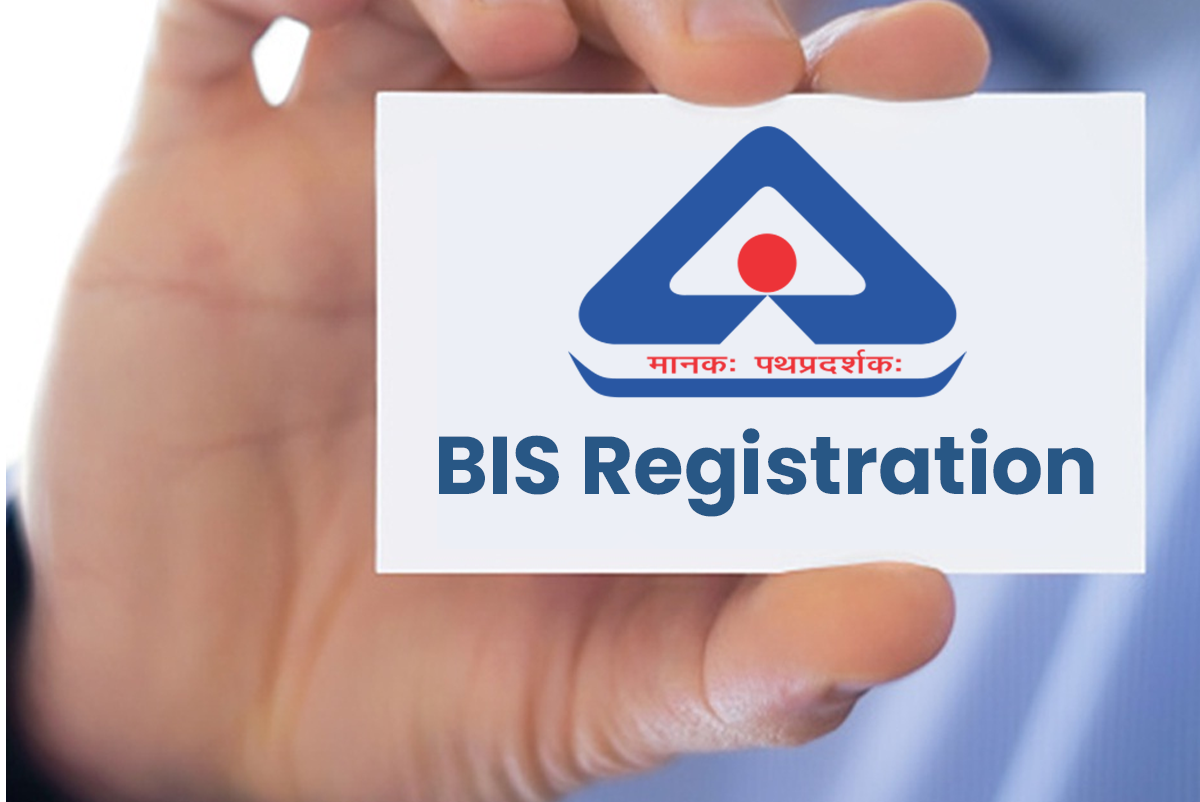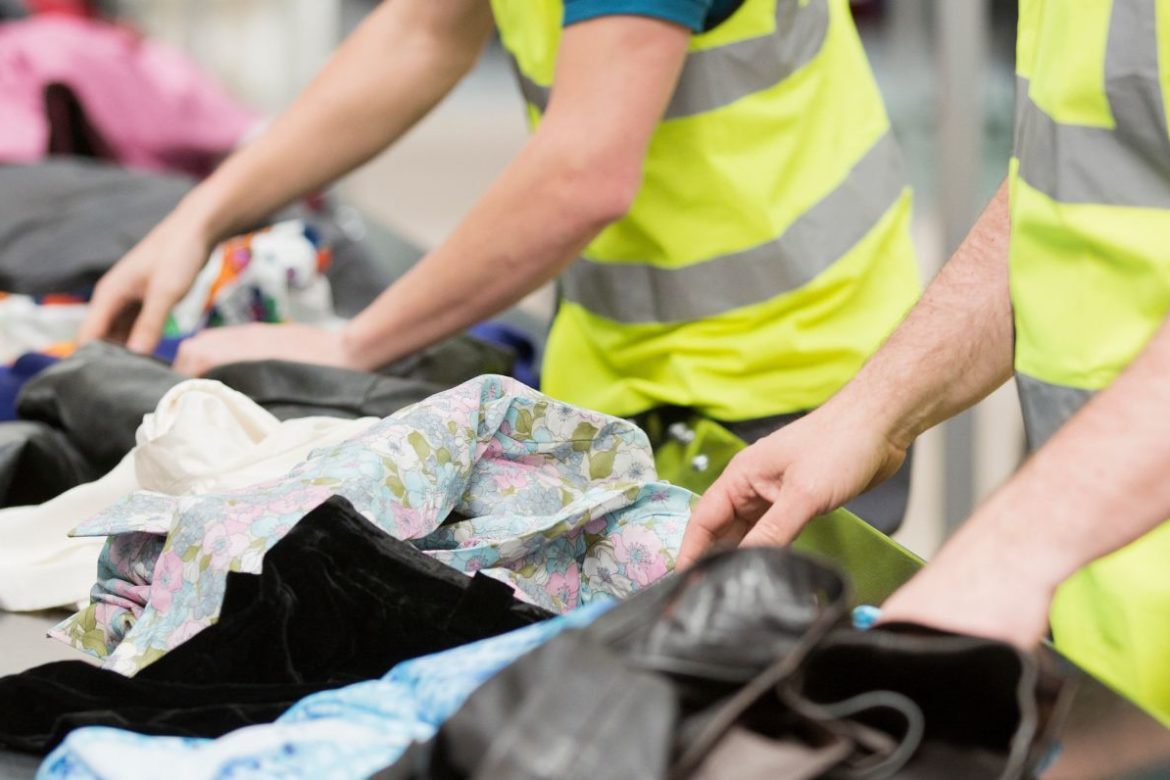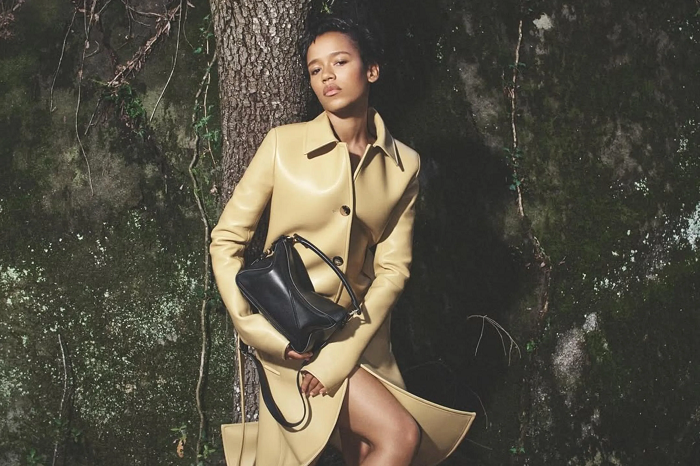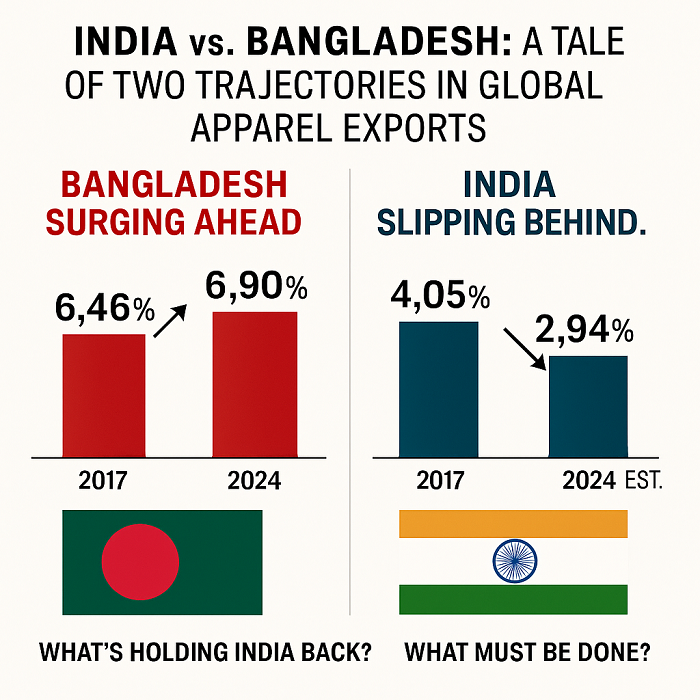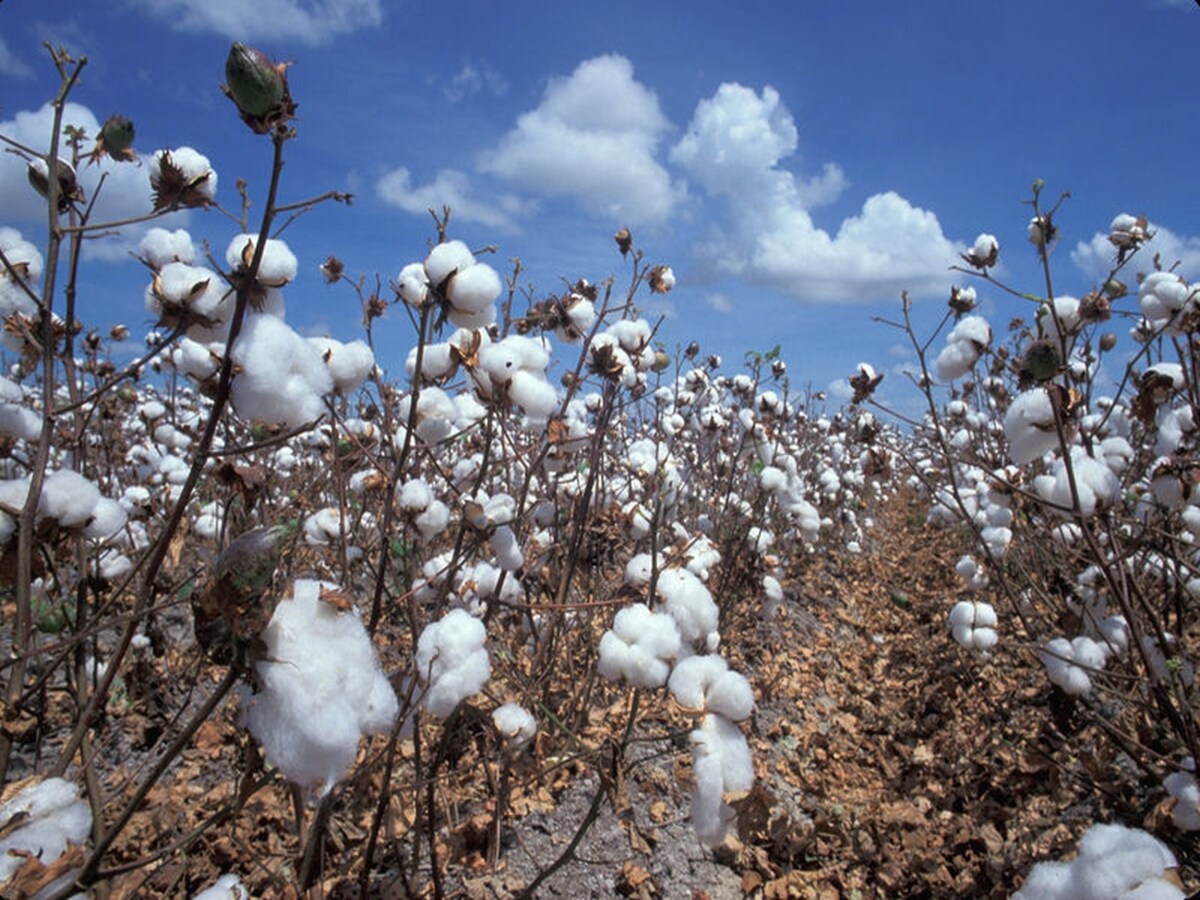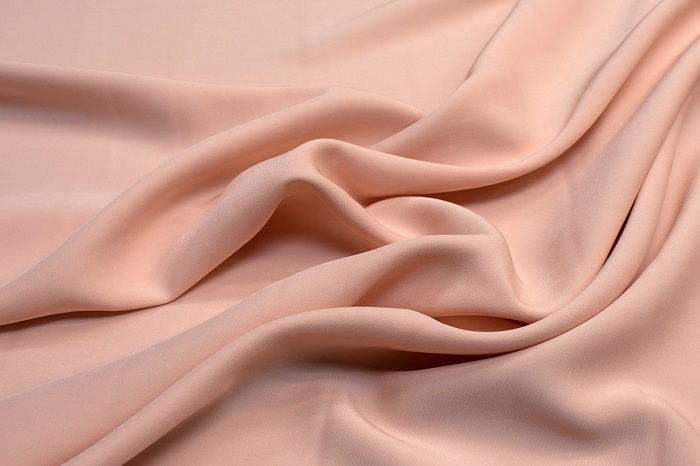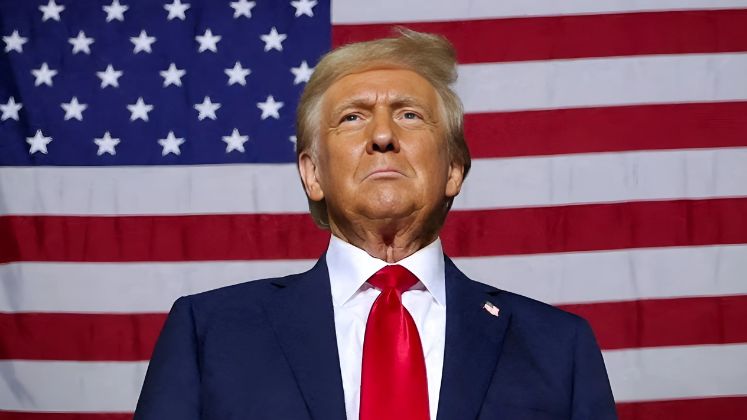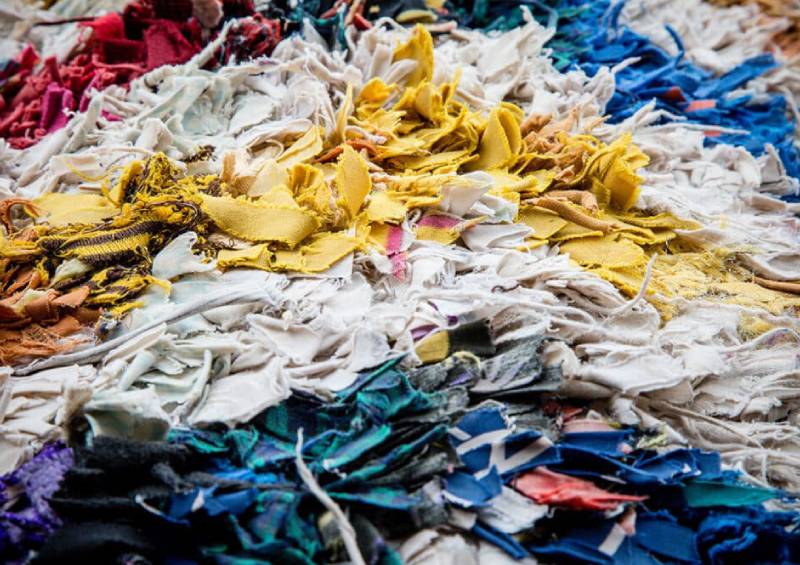FW
Operator of the Moss menswear chain, Moss Group’s revenue declined to £137.5 million during FY24 from £151.5 million in the previous year. The group’s EBITDA also declined to £25 million from nearly £36 million, while pre-tax profit halved to £16.6 million, and net profit lowered to £13.6 million from £26.7 million. The company attributed this decline in sales to a normalisation of wedding demand following a post-pandemic surge, which led to an overall sales decrease of 9.3 per cent.
Despite these challenges, Moss Group reported strong trading since the end of the financial year and expects this momentum to continue through January 2025. The company remains committed to providing high levels of service in its stores and has upgraded its online platform. It has also expanded its casualwear offering and rebranded its stores. To reflect a more modernised focus while honoring its heritage, the company has dropped the word, ‘Bros’from its name.
Acknowledging market uncertainties and rising costs, Moss Group maintained an 18.2 per cent EBITDA margin, describing it as a ‘creditable’ performance. The group remains debt-free and highly cash-generative, indicating strong financial resilience despite wider difficulties in UK retail. It believes its focus on offering high-quality products at reasonable prices positions it for future growth.
Looking ahead, Moss plans to optimise its store network by relocating five stores, refurbishing one, and opening three new locations. The company also plans to focus on cost control and product improvement to stay relevant in a competitive market. Besides, it aims to maintain a balance between its core formalwear offerings and an expanding casualwear range.
With the launch of new initiatives like increased use of recycled materials and opening repair studios, Uniqlo aims to reduce greenhouse gas emissions by 90 per cent by the year 2030. Tadashi Yanai, CEO, highlights the brand’s focus on innovation, such as partnerships with Toray, a Japanese materials manufacturer.
Uniqlo's success lies in its focus on functional, affordable basics rather than chasing fast fashion trends. Known for wardrobe essentials, the brand recently gained fashion credibility, with items like its $20 cross-body shoulder bag becoming a cult favorite, dubbed the ‘millennial Birkin.’
The brand has carved a niche amongst consumers by offering timeless, quality clothing at accessible prices. Kate Yuille, a Gen Z fashion content creator, says, Uniqlo offers good quality for the cost. Embracing Uniqlo’s understated designs, luxury consumers are also seen often pairing them with high-end pieces, a trend that reflects the current mix-and-match ethos in fashion.
Aligning with the growing ‘slow fashion’ movement, Uniqlo emphasiseson longevity and functionality over fast fashion’s constant style refreshes. Martin Roll, Global Business Strategist, notes, consumers view Uniqlo as a more environmentally conscious choice, though the brand has faced criticism for producing large quantities of clothing and allegations regarding its supply chains.
Unlike fast-fashion rivals like Zara, Uniqlo releases collections seasonally rather than flooding the market with constant new designs. Its uncluttered stores, simple aesthetic, and product innovations like Heat Tech thermal wear contribute to its appeal, reinforcing its reputation for quality and reliability in both Japan and global markets.
Reporting record earnings for the third consecutive year, Uniqlo’s parent company, Fast Retailing’s reported a 19 per cent rise in international sales during the fiscal year ending Aug’24. The company’s sales in Japan rose by 4.7 per cent during the month.
Chinese e-commerce platforms Temu and Shein are ramping up efforts to capture Vietnam’s growing market by offering steep discounts and promotions. Temu, owned by PDD Holdings, recently launched in Vietnam, selling directly to consumers with offers such as free shipping for orders over ₫120,000 and hefty first-time purchase discounts. Similarly, Shein offers free shipping on orders above ₫200,000, enticing Vietnamese shoppers.
Vietnam's e-commerce market, which grew by 25 per cent annually, attracted major platforms like Taobao and JD.com, spurred by open policies and strong retail potential. The market is valued at $23.8 billion in 2023, ranking third in Southeast Asia.
However, the influx of cheap Chinese goods is pressuring local retailers. Platforms like Temu and TikTok offer lower-priced alternatives, forcing domestic sellers to compete on price. Some countries, including Indonesia, have already banned Temu to protect local businesses.
Experts argue Vietnam should regulate foreign platforms without banning them, ensuring local businesses can compete on a level playing field. The Ministry of Industry and Trade is working to enhance regulations and increase oversight to protect both consumers and local sellers in the rapidly growing digital marketplace.
The Global Fashion Summit, a premier international forum for sustainable fashion organized by Global Fashion Agenda (GFA), will be hosted in China for the first time. The Global Fashion Summit: Shanghai Gala edition is set for 7 November 2024 during the China International Import Expo (CIIE). This event, co-presented by GFA and Chinamind Next, will convene local and international stakeholders for discussions on sustainability, complemented by a gala dinner.
Since its inception in Copenhagen in 2009, the Global Fashion Summit has been a key platform for addressing critical environmental, social, and ethical challenges in the fashion industry. The Shanghai edition will build on the theme from the Copenhagen Summit held in June, ‘Unlocking The Next Level, emphasizing the need for collaborative action and evidence-based progress to meet urgent sustainability goals.
As China is a major player in the global fashion industryaccounting for 31.6 per cent of global readymade garment exports in 2023, the Shanghai Gala will highlight China's crucial role in driving sustainable transformation. With the rapid growth of ultra-fast fashion and a booming luxury market, China’s influence on consumer behavior and industry trends is undeniable. The event aims to foster collaboration across the global fashion value chain, address pressing environmental and social issues, and promote innovative solutions.
The gala dinner will precede GFA's participation in CIIE on 8 November, where GFA CEO Federica Marchionni will present on the role of innovation and emerging technologies in achieving climate goals.
Marchionni emphasized the importance of mobilizing alliances across the global fashion ecosystem, stating that the Shanghai Gala marks a vital step toward a more sustainable future. Lynn Fu, CEO of Chinamind Next, highlighted the opportunities for Chinese and international brands to expand their presence and collaboration through the summit.
Mohite Industries has forged strategic partnerships with global fashion brands in Spain and Japan to facilitate the widespread adoption of its newly developed innovative yarn in high-end fashion products.
The company recently developed a patented yarn that offers superior strength, softness, and colorfastness and is highly suitable for premium textile applications.
Established in 1990, Mohite Industries, with a sprawling 35-acre facility in Vadgaon, near Kolhapur, Maharashtra, leverages cutting-edge technology and machinery to set new benchmarks in textile production. This year, the company revenues grew to Rs 850 crore and a profit to 75 crore,
To enhance production capacity, Mohite Industries has acquired several state-of-the-art machines from renowned global leaders like Rieter, Schlafhorst, Luwa, Volkmann, and Uster. This enables the company to produce premium quality yarn for export to various countries.
Initially focusing on the production and export of 100 per cent cotton yarn in the 20's to 60's count range, Mohite Industries has expanded its product portfolio to include gray knitted fabric. The company has also installed advanced knitting machines to cater to the growing demand for this product. Further, it plans to establish fabric processing facilities to further integrate into the textile value chain.
The company's research and development division aims to develop customsied innovative solutions to meet the specific needs of each customer. Coupled with a relentless pursuit of new markets and challenges, this customer-centric approach strengthens Mohite Industries’ position as a dynamic and modernistic company.
Mohite Industries’ unwavering commitment to quality, customer satisfaction, and sustainable growth has positioned it as a frontrunner in the textile industry. With its focus on research and development, strategic partnerships, and a diverse product portfolio, Mohite Industries is poised to set new benchmarks in the textile sector
With the Saudi Fashion Commission forecasting a 48 percent rise in apparel and footwear retail sales by 2025, international fashion brands are vying for a share of this burgeoning market.
This competitive trend was witnessed during a recent panel discussion held in preparation for Saudi Lifestyle Week 2025 at the Riyadh International Convention and Exhibition Center. The event drew prominent fashion leaders from Italy, Portugal, Germany, and Spain, all eager to explore opportunities in Saudi Arabia's rapidly expanding fashion industry.
According to the event organisers, the Kingdom’s retail footprint is set to grow, with 962,000 sq m of new retail development expected this year alone. Combined with a youthful, tech-savvy population increasingly drawn to e-commerce, this expansion creates an ideal environment for international brands to establish themselves and thrive in the Saudi market.
João Maia, General Manager, The Portuguese Footwear Association, notes, there is a rising demand for premium footwear in Saudi Arabia, particularly among younger consumers who prioritise both style and comfort.
Similarly, KoraySuce from Expotim, representing Turkish fashion brands, highlights the significant growth opportunities for Turkish companies in Saudi Arabia. The Kingdom’s Vision 2030 initiative drives consumers toward more diverse and global fashion options, presenting a substantial opportunity for Turkish brands to expand, he avers.
The rise of e-commerce has also reshaped the fashion landscape in Saudi Arabia, with more than 5,000 online apparel stores launching in 2024. This surge in digital retail aligns with global trends, especially among younger shoppers who seek convenience and a wider variety of products. Marlene Oliveira, Head -International Unit, CENIT (Centro de Inteligencia Textile), points out, the increasing affinity for online shopping for apparel and accessoriesamongst Saudi Arabiaconsumers presents a golden opportunity for brands to enhance their digital presence and offer personalised shopping experiences.
Another key attraction for international brands entering the Saudi market is growing luxury market. In 2021, the Gulf region’s luxury fashion purchases reached $9.7 billion in 2021, with Saudi Arabia driving 19 percent of this growth. Manfred Junkert, CEO, German Footwear Association, emphasises, Saudi consumers are becoming more sophisticated and increasingly drawn to sustainable, well-crafted products. German brands are responding to this trend by developing eco-friendly footwear collections tailored to the Saudi market.
Being held from Oct 17-21, at the Songshan Cultural and Creative Park, Taipei Fashion Week SS25 showcases the innovative nature of Taiwan’s fashion industry.
Inspired by the visual approach of an illustrated handbook, the Taipei Fashion Week SS25 is based on the theme, Taiwan Type Fashion Atlas.’It highlights the varied fashion styles adopted by Taiwan’s citizens in their everyday life.
Showcasing the country’s daily life, Taipei Fashion Week Spring/Summer 2025 captures the essence of Taiwanese life by emphasising on its development from traditional markets to modern supermarket.
The event reimagines Taiwan iconic locations like Dadaocheng's brush shops, night market snacks, pedestrian overpasses, and the Nanjinchang Apartment with innovative visuals. Redefining the ‘Taiwan Type’ fashion, the event instills these places, with collective memories to create their distinct position in global fashion.
Opening with a collaborative fashion show between six fashion designers and six Taiwanese original IP (intellectual property) creators, the show built upon the success of the 2024 Creative Expo Taiwan. It brought to life the innovative creations of these designers and stories behind each of their collections.
Additionally, Taipei Fashion Week plans to host a series of independent brand shows, static exhibitions, and buyer meetings throughout the event.
Launched on the Taiwan Cultural Day, Taipei Fashion Week marked the centennial of the Taiwan Cultural Association. The exhibition is split into six zones with each of the zones showcasing a unique blend of graphic IP and fashion design. For the first time, it will launch a pop-up shop featuring limited-edition merchandise and collaborations between graphic IP artists and fashion designers, available exclusively during Taipei Fashion Week.
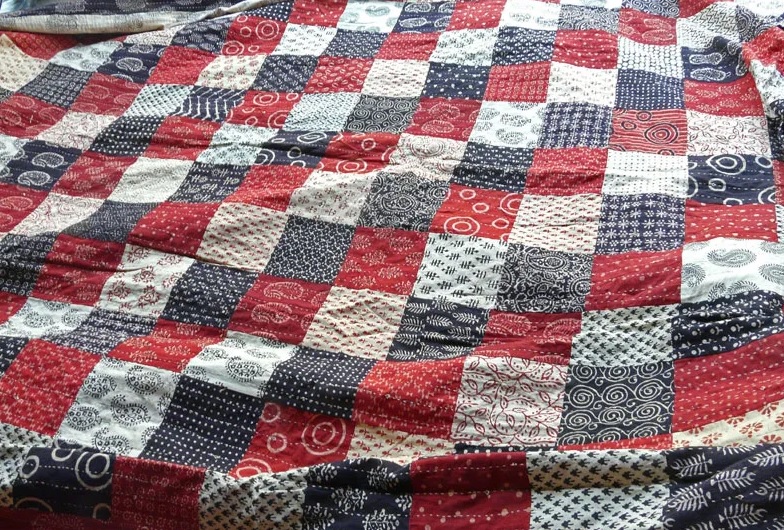
The Union government has just unveiled its ambitious Textile Policy for 2024, aiming to revitalize the nation's textile industry and propel it to new heights. The policy, with its focus on technology, sustainability, and labor-intensive growth, has been met with a mix of optimism and cautious scrutiny by industry players and trade bodies.
Policy highlights
The policy's core objective is to transform India into a global textile powerhouse by increasing textile production to $350 billion by 2030; achieving $100 billion in textile exports by 2030; creating 10 million new jobs in the textile sector by 2025.
Table: Textile industry performance
|
Year |
Production ($ bn) |
Exports ($ bn) |
Employment (mn) |
|
2023 |
$150 |
$40 |
45 |
|
2030 (Target) |
$350 |
$100 |
55 |
To achieve these targets several initiatives have been introduced viz:
Financial incentives: Capital subsidies ranging from 10 per cent to 35 per cent for investments in manufacturing with the maximum amount capped at Rs 100 crores. Credit-linked interest subsidies are available for labour-intensive units at 7 to 8 per cent for up to eight years, with an annual cap of 3 per cent.
Technical textiles in the forefront: Promotion of technical textiles, including clothing and apparel, through research and development grants and infrastructure support. Focus on traditional manufacturing processes which includes various stages of textile production, such as spinning, weaving, dyeing, and finishing.
Focus on labour-intensive units: The policy prioritizes labour-intensive units, defined as new industrial units employing at least 4,000 registered individuals under the Employee Provident Fund (EPF) scheme, including a minimum of 1,000 women. These units can receive capital subsidies of 25 to 35 per cent, capped at Rs 150 crores, and are eligible for credit-linked interest subsidies of 7 per cent to 8 per cent for up to 8 years.
Sustainability: Emphasis on reducing the industry's environmental footprint through incentives for water and energy conservation and adoption of green technologies.
Skill development: Upskilling the workforce through training programs and educational initiatives to meet the demands of a modern textile industry.
Infrastructure development: Creation of textile parks and mega clusters to provide state-of-the-art facilities and attract investments.
Table: Capital subsidy structure
|
Taluka Category |
Activity |
Subsidy (%) |
Cap (Rs crores) |
|
A |
Weaving, Dyeing |
10 |
50 |
|
B |
Garmenting |
20 |
75 |
|
C |
Technical Textiles |
35 |
100 |
Industry welcomes new policy
The textile industry has largely welcomed the new policy, as they believe it is a positive step towards strengthening the sector. Confederation of Indian Textile Industry (CITI) chairman, T Rajkumar says, "The new textile policy is a comprehensive document that addresses the key challenges faced by the industry. The focus on technology upgradation, skill development, and sustainability is commendable.” On similar lines, Rahul Mehta, Chief Mentor, Clothing Manufacturers Association of India (CMAI) points out “The incentives for labour-intensive units will encourage employment generation and boost domestic manufacturing."
However, some experts look at it objectively and as they say there is lack of clarity on implementation. They are concerned about the lack of specific details on how the policy will be implemented, particularly regarding the disbursement of subsidies and the timeline for various initiatives. Moreover, the policy's success hinges on the availability of adequate infrastructure, including reliable power supply, efficient transportation networks, and skilled labor and these segments need government’s focus at the moment. India also faces stiff competition from countries like Bangladesh and Vietnam, which offer lower labor costs and preferential trade agreements hence there is a need to put in place FTAs and trade agreements.
India’s textile policy 2024 has the potential to transform the sector and contribute significantly to the country's economic growth. However, its success will depend on the government's ability to implement it despite challenges and ensure the benefits reach all segments of the industry. By fostering innovation, promoting sustainability, and enhancing the skills, India can solidify its position as a global textile powerhouse.
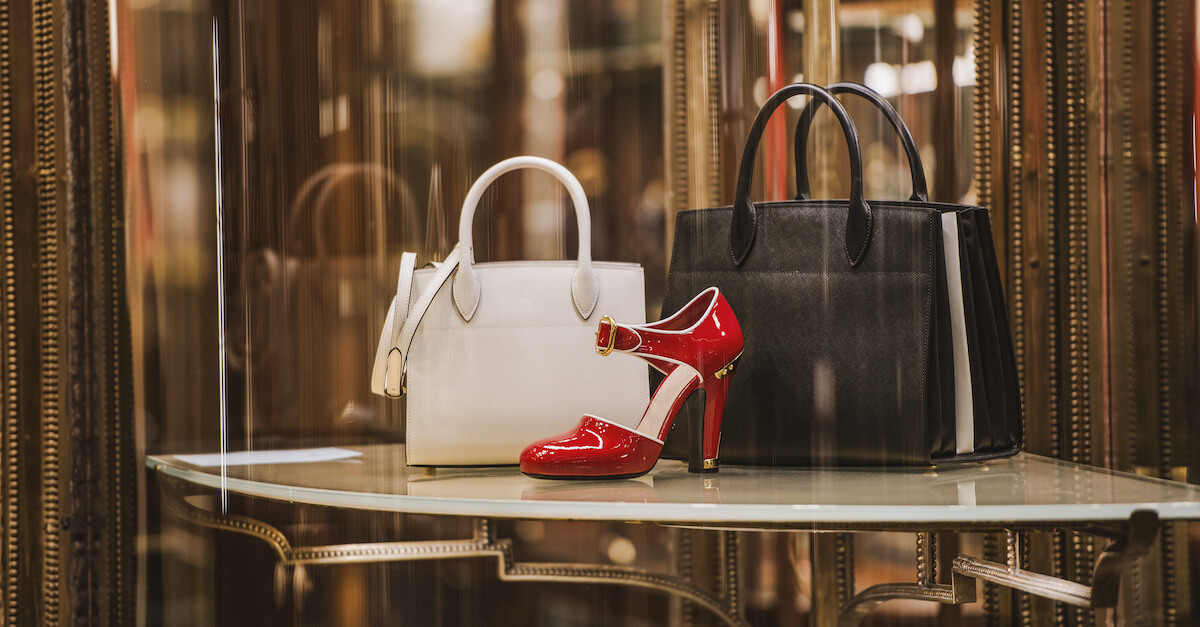
Despite a year marked by geopolitical tensions and economic uncertainties, the global luxury market showed remarkable resilience in 2023, surpassing €1.5 trillion in value, says latest Bain-Altagamma Luxury Goods Worldwide Market Study. This growth, estimated at 8-10 per cent at current exchange rates, underscores the enduring allure of luxury goods and experiences, even in the face of adversity. "The luxury market has once again proven its resilience in the face of global headwinds," says Claudia D'Arpizio, a Bain & Company partner and lead author of the study. "Brands that adapt to the evolving consumer landscape and embrace innovation will be well-positioned for success in the years to come."
Year 2023 growth lead by, personal luxury goods
Strong overall growth: The luxury market, encompassing nine segments including luxury cars, personal goods, hospitality, and fine wines & spirits, reached €1.51 trillion in retail sales value, a 11-13 per cent increase at constant exchange rates.
Personal luxury goods lead the way: This segment, which includes fashion, accessories, and beauty, is projected to reach €350-360 billion in 2023, driven by continued demand for high-end products.
Experiences gain traction: Luxury hospitality and cruises witnessed significant growth, highlighting the rising desire for exclusive and memorable experiences.
China's resurgence: After a period of subdued growth, the Chinese market rebounded strongly, contributing significantly to the global luxury market's expansion.
Evolving consumer landscape: Younger generations, particularly Gen Z and Millennials, are playing an increasingly important role in shaping the future of luxury consumption
US slowdown: Luxury spending in the US has fallen due to economic concerns, while Europe benefited from a resurgence in tourism.
Polarization deepens: The luxury market is increasingly polarized, with top-tier consumers driving a significant portion of growth.
Luxury majors' performance
The study also highlighted the recent performance of leading luxury groups.
Table: Top luxury retailers revenue growth
|
Company |
Revenue growth 2023 (YoY) |
Key highlights |
|
LVMH |
17% |
Strong performance across all divisions, particularly fashion and leather goods. |
|
Kering |
15% |
Gucci's turnaround strategy showed positive results, with growth accelerating in the second half of the year. |
|
Hermès |
29% |
Continued strong demand for iconic products like Birkin and Kelly bags. |
|
Richemont |
19% |
Jewelry maisons and specialist watchmakers drove growth. |
Factors shaping the luxury market
The current state of luxury market is a reflection of several key factors that are at play. It is evident that consumers are increasingly drawn to brands with rich history and strong values, seeking authenticity and craftsmanship. Meanwhile the focus is shifting from material possessions to unique and personalized experiences, such as bespoke travel and exclusive events. No wonder luxury brands are embracing digital channels to enhance customer engagement and provide seamless shopping experiences. Moreover, consumers are increasingly conscious of the environmental and social impact of their purchases, driving demand for sustainable and ethically sourced luxury products.
Then there is the China factor. China's resurgence as a key growth driver for the luxury market is undeniable. After a period of slowdown due to the pandemic and regulatory changes, Chinese consumers are once again driving sales, both domestically and abroad. The Bain-Altagamma study estimates that China will account for 40-45 per cent of the global luxury market by 2030. Looking ahead, the global luxury market is expected to continue its growth, albeit at a more moderate pace. The study projects a 3-5 per cent annual growth rate at constant exchange rates, reaching €430-460 billion by 2030. Key trends shaping the future of luxury include:
Are Q3 sales dip reflection of future?
Interestingly, despite Bain’s optimistic forecast, top luxury retailer LVMH reported a fall in its Q3 sales fashion and leather goods division. The results reported last week revealed a 5 per cent YoY fall in sales. Overall group revenue fell 3 per cent to $20.8 billion in the three months to September 30 compared to the same period last year. The reason for this dip is growth cooling across Japan, due to yen’s weakness and sluggish spending in China. LVMH’s sales in Asia outside Japan fell 16 per cent YoY in Q3, while the US, the biggest luxury market, remained stagnant.
Indeed LVMH’s results do not indicate a positive picture for Kering and Hermès earnings as well whose results are expected soon. The former had already recorded a lackluster first half. LVMH’s results are the latest blow to the global luxury segment that is facing headwinds due to weak macro environment. Concerns are increasing among luxury players and brands need to be ready for some cooling in the near future.
Marking its debut in the Saudi Arabia market, Adidas hosted its first fashion show in the country on Oct 16, 2024. Organised in partnership with Saudi fashion label Kaf by Kaf – a part of Saudi 100 brands initiative, the fashion show launched the brand’s Spring-Summer 2025 Sportswear Collection.
Designed by Kawthar Alhoraish, the creative force behind Kaf by Kaf, the collection blends Saudi Arabia’s traditional clothing with contemporary athletic style. It emphasises on versatility of the collection’s unisex pieces, inspired by iconic garments such as abayas and headscarves.
Incorporating modern elements yet maintaining the essence of traditional designs, the collection offers a stylish range from comfortable loungewear to performance attire. Some of the highlights of this collection include the Football-Inspired blokecore tee, featuring a bold adidas sportswear graphic and a premium flat knit rib collar, capturing the playful spirit of self-expression and experimentation.
One of the outstanding pieces of this collection includes the Classic track top with its vibrant all-over print and classic ribbed details, making it a versatile staple for any wardrobe. This top is complemented with the classic track pants featuring cargo pants and zipped side pockets, thus blending comfort with modern aesthetics.
Offering a full coverage, the elongated cover-up abaya with an open-front design, blends solid color panels with vibrant prints and classic the stripes adidas branding. The collectionalso offers a lightweight headscarf made from light materials for a comfortable fit, and a long dress featuring a sporty flat knit V-neck collar, racerback design, and convenient side seam pockets.
Sharing his excitement over the collection’s lunch Bilal Fares, Senior Vice President and General Manager, adidas EMC, says, the brand’s partnership with Saudi Fashion Commission and Kaf by Kaf reiterates its strong commitment to continuously empower local talent within the Kingdom. The brand looks forward to creating more localised products for its consumers.
Kawthar Alhoraish, Founder and Designer, Kaf by Kaf, adds, a celebration of the brand’s shared values—creativity and heritage, the collection adds a contemporary twist to sportswear. More than just fashion, it focuses on creating pieces that embody the spirit of Saudi Arabia, blending style, comfort, and cultural identity seamlessly.
The collection will be available for purchase in Feb 2025 across select adidas stores and sites globally.

